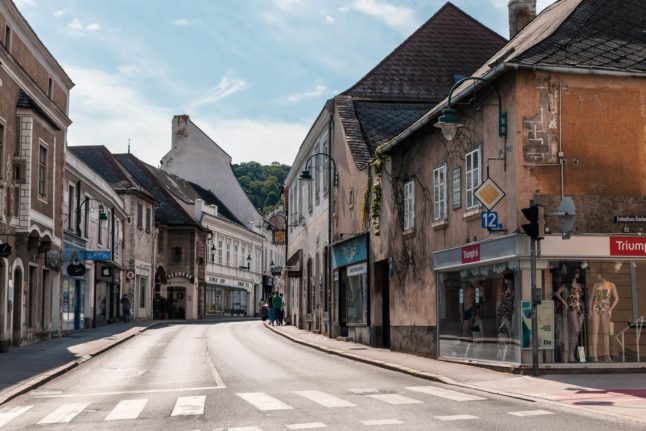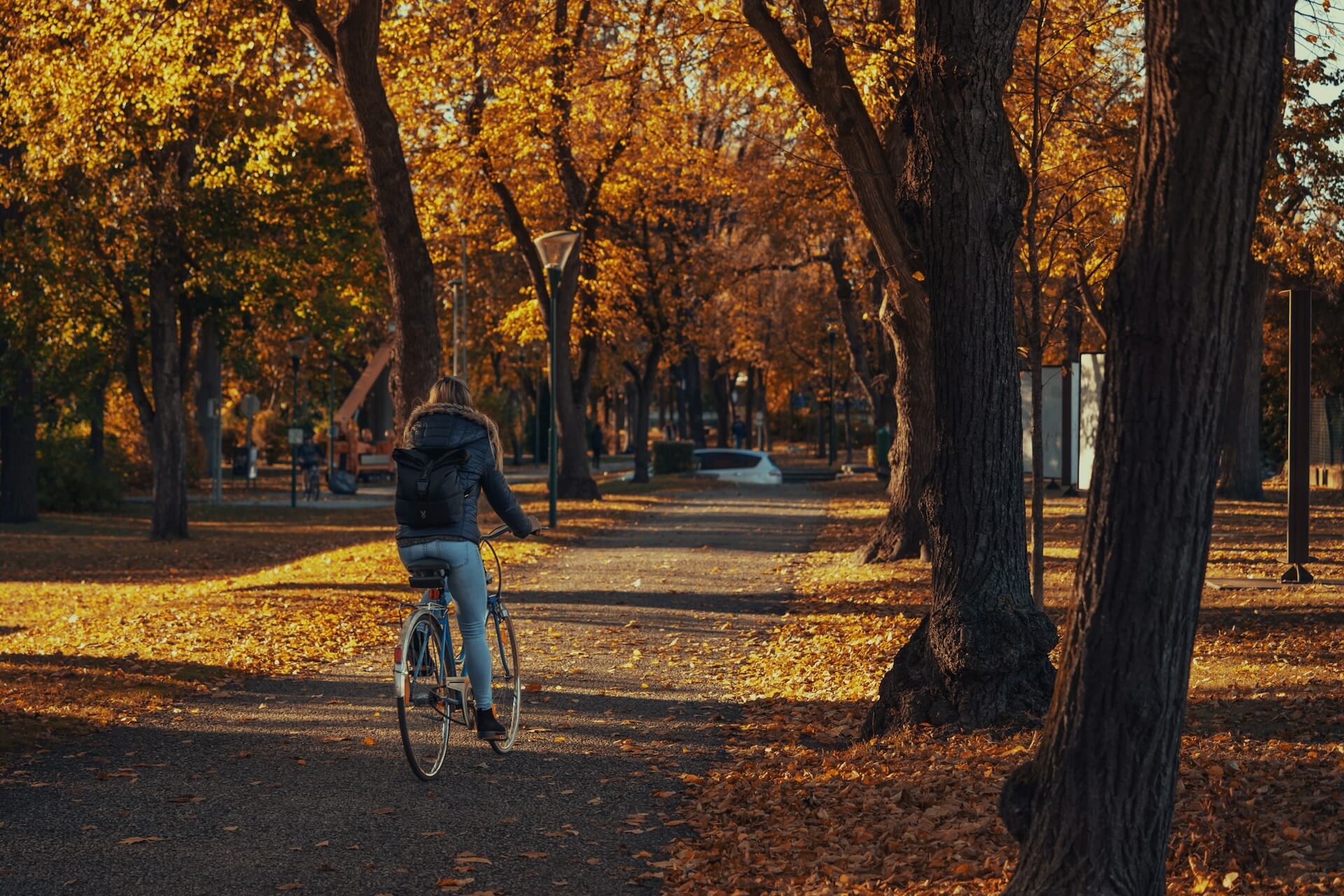Though it’s not something on every foreigner’s radar, Bildungskarenz has become an immensely popular scheme in Austria over the past decade or so. The funded educational leave can give employees the chance to take up to a year for full-time or two years for part-time study, all while retaining their job and receiving state funding.
If this sounds like a dream come true, it may surprise you to learn that barely anyone took Bildungskarenz in the first 12 years of its existence.
First brought into law a quarter of a century ago, widespread take-up of the scheme only kicked off during the banking crisis as employers sought ways to keep their workers on while saving on resources. In the time since it was introduced in 1998 to 2007 – the year before the financial crash – between 500 and 1,000 people per year took time off work to study. This had shot up to 5,000 per year by 2009.
Since 2010, however, the number of people taking advantage of the scheme has more than doubled, with around 14,000 workers taking Bildungskarenz in 2021 alone. Between 2019 and 2021, the numbers increased by almost 30 percent.
Nevertheless, all is not looking entirely rosy for the future of the scheme, with noise from the government suggesting that changes may need to be made. For now, though, it’s worth looking at the current system, who’s eligible and how it all works.
Let’s start with the basics. What exactly is Bildungskarenz?
Bildungskarenz – or educational leave – is a government law that entitles people to state financial support when they take leave from work for study purposes.
This could be anything from a university degree to training that could be related to your profession, such as a business German course or technical training. The training or degree courses can even be taken abroad – though of course you can opt to study in Austria too. One thing to be aware of, though, is that personal interest or hobby courses aren’t covered under the scheme, so you’ll have to do that knitting course in your free time. (Unless, of course, knitting is involved in your profession.)

Depending on what you agree with your employer, you can take Bildungskarenz for as little as two months or as many as 12 – though the key condition is that you should never take more than a year out of every four.
That said, there’s a fair amount of flexibility on how you make use of this allowance. For example, one employee could take their entire year in one go, while another could spread this out in multiple two-month phases.
READ ALSO: EXPLAINED: When can I get a day off work in Austria?
Is part-time study possible too?
Yes. People who want to stay at their place of work as a part-time employee can choose to do so if they opt for a part-time course instead of a full-time one.
The key difference here is that the training will need to last a minimum of four months instead of two and a maximum or two years instead of one. These allowances can be theoretically be taken every four years that an employee is at a company.
Sounds great. Can all employees get this time off?
While the majority of employees should be eligible for Bildungskarenz, there are a few key criteria that have to be fulfilled – so don’t be too hasty about leaving behind the office rat-race for a studious life of contemplation.
First of all, there’s no legal right to be granted Bildungskarenz – though the Austrian Chamber of Workers (Arbeiterkammer) have been fighting for this for years. Instead, you’ll have to negotiate this period of leave with your employer, and getting paid will depend on their agreement.
Secondly, the course will also need to have some professional connection and not be simply a hobby of yours (though the exact criteria for this can be worked out with your boss).
Thirdly, only workers who have been at their current job for at least six full months are eligible for Bildungskarenz. This can get a bit complicated when it comes to seasonal workers, so this group should bear the following criteria in mind: at least six months of work for the same employer must have been carried out in the past four years, and at least three of these months should have been worked consecutively.
READ ALSO: Five things you need to know about the Austrian pension system
It’s also worth noting that you’ll be required to show some kind of proof of participation or attainment at the end of your course or qualification. If you’re proving your participation in the course, this should be a minimum of 20 study hours per week – or 16 hours for people with children under the age of seven.
Alternatively, you can submit proof of the number of credits you’ve taken per semester, or another piece of evidence for completion or attainment in the course.
Will I receive my full salary while I’m studying?
No. In fact, over the time you’re taking Bildungskarenz, you won’t be entitled to any money from your employer at all.
Instead, you’ll be able to get unemployment benefits amounting to a minimum of €1,295 per month, or 55 percent of your current salary, from Austria’s Public Employment Service (AMS) – but minus the minimum rate for people who are retraining in another profession.
If you do want to bump up your earnings during this time, bear in mind that you’re perfectly entitled to take on freelance work alongside your studies as well.

You can submit an application via your online AMS account or by visiting a local AMS service point. However, you’ll need not only your filled-in application form but also a signed confirmation of the Bildungskarenz agreement you’ve worked out with your employer – so do make sure you get the necessary permission before heading to AMS.
READ ALSO: How much do you need to earn for a good life in Austria?
What kind of amendments could be on the horizon?
This is far from clear at the moment, and it seems likely that there could be some fierce debate on the issue in the months to come.
On Sunday, Labour Minister Martin Kocher (ÖVP) hinted at coming reforms in an interview with APA. Kocher told reporters that the educational leave system was a good one but that it “could be improved” – and said he wanted to kick off a debate on this in autumn.
With regard to concrete ideas, however, the minister remained cryptic: on the one hand, he said that the current model was “perhaps not targeted enough” – but simultaneously denied that reforms would be designed to save money.
The goal is that “even more people take advantage of educational leave and that it is used as effectively as possible”, Kocher said.
READ ALSO: Today in Austria: A roundup of the latest news on Monday
However, certain aspects of the current system have come under fire recently – particularly in light of the record number of people currently making use of the scheme.
In a recent report, the Court of Audit slammed the “loose rules” for taking a Bildungskarenz. Of 20 hours of study required per week, just five of those must be in-person teaching and the rest can be “learning time”, which opens the system up to abuse, they claimed.
There is also a trend among women of Bildungskarenz being taken back-to-back with parental leave – which some have said is a way of getting an extended maternity leave.
As of 2021, the AMS was paying out around €300 million per year to people on educational leave.








 Please whitelist us to continue reading.
Please whitelist us to continue reading.
Member comments